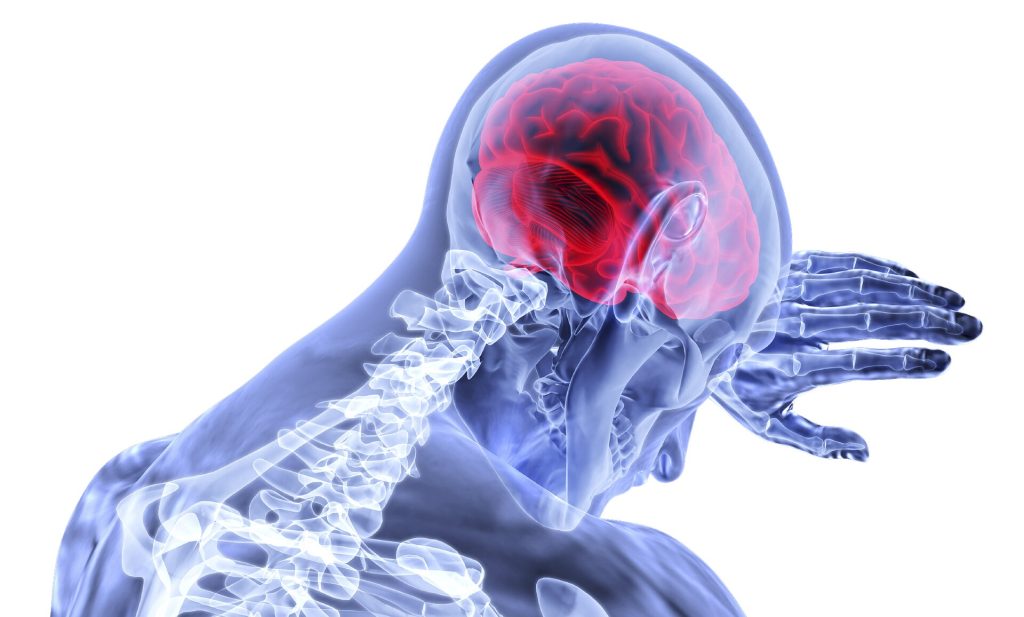
A study published in the journal Neuron has revealed the existence of a circuit in the brain that senses and regulates the anti-inflammatory response, including the triggering of behaviours associated with sickness and releasing cortisone, a potent negative regulator of immune responses. This circuit embodies a two-way connection between the brain and immune system.
Whenever infections or injuries occur, the immune system is triggered to control the infection and repair damaged tissue. This process involves the release of pro-inflammatory mediators that inform the brain of the body’s immune status and coordinate the immune response. In response to this signal, the brain sets off a complex reaction known as ‘sickness behaviour’ whose purpose is to reassign energy to the body’s different systems. This state is associated with behavioural changes including social avoidance and lethargy, metabolic adjustments such as fever and loss of appetite, and the release of hormones such as cortisone, to increase resistance to infection while also regulating immune responses.
In this study, a multidisciplinary group consisting of neurobiologists and immunologists from the Institut Pasteur, Inserm and the CNRS discovered a novel circuit used by the brain to measure inflammation levels in the blood and, in response to this, regulate inflammation. A region of the brainstem known as the vagal complex directly detects levels and types of inflammatory hormones in the bloodstream. This information is then relayed to neurons in another region of the brainstem called the parabrachial nucleus, which also receives information related to pain and certain aversive or traumatic memories. In turn, these neurons activate neurons in the hypothalamus leading to a rapid increase in cortisone in the blood.
The scientists used state-of-the-art neuroscience approaches to identify this circuit, which enabled them to individually observe the neurons involved during inflammation. The experts observed how the activity of specific neurons in the parabrachial nucleus could regulate the production of white blood cells involved in the immune response. “This research demonstrates that neural activity in the brain alone can have a powerful effect on the development of immune responses during infection or injury. It therefore provides a clear example of the powerful two-way connection between the body and brain. It also fuels our ambition to discover the impact of our brain on the way we interact with microbes, fight off pathogens and heal wounds,” explains Gérard Eberl, Head of the Institut Pasteur’s Microenvironment and Immunity Unit.
The discovery of this circuit opens up new opportunities for research that will jointly contribute to the fields of neurobiology and immunology: “This study gives us additional tools to better understand the impact of systemic inflammation on our brain, mood and on certain neurodegenerative processes,” adds Gabriel Lepousez, a neurobiologist in the Perception and Memory Unit (Institut Pasteur/CNRS).
Given the established role of the parabrachial nucleus in aversive memory processes, potential infectious threats could be averted if this circuit is reactivated by the memory of past inflammatory or aversive experiences. Drawing on this neuro-immune communication, the immune system could therefore benefit from the brain’s ability to predict and anticipate threats in our environment.
Source: Institut Pasteur

